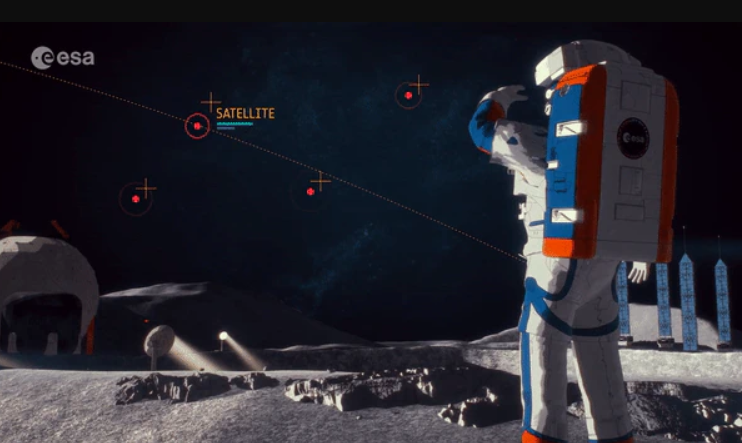As nations race to the Moon, a recent discovery has bolstered prospects for a long-term human presence on the lunar surface. Scientists have discovered that the Moon may have billions of tons of water in the surface glass particles that may be harvested.
Lunar soil samples returned by the ChineseChinese Chang’e-5 expedition
The glass beads are generated by the fragmentation of molten material expelled by the Moon and can be discovered on the surface of the rocky terrain. The discovery was made by analyzing lunar soil samples returned by the Chinese Chang’e-5 expedition. The results indicate that lunar soils contain a greater quantity of water produced from solar wind.

According to the study published in Nature Geoscience, a hydrated layer occurs at deep in lunar soils, buffering a global water cycle on the Moon. The current study assessed the number of hydrogen isotopes and core-to-rim fluctuations of water in impact glass beads collected from lunar soils.
This is a significant step forward in our knowledge of the amount, origin, and storage of water on the lunar surface. In this study, lunar impact glass beads retrieved by the Chang’e-5 mission of China were examined. Professor Mahesh Anand of The Open University stated in a statement that the results imply that the lunar soils contain a far greater quantity of water produced from solar wind than previously believed.
Hejiu Hui, a researcher from Nanjing University who participated in the study, noted that the water content of the beads was a negligible proportion of their total mass. If there are billions if not trillions of these impact beads, that may equate to considerable quantities of water, according to the study; however, extracting it would be difficult.
The beads might be heated to extract water, potentially by future robotic expeditions.
Because of the persistent bombardment by hydrogen in the solar wind, these beads may perpetually produce water. These impact beads are ubiquitous, resulting from the cooling of molten material expelled by oncoming asteroids. The beads might be heated to extract water, potentially by future robotic expeditions. More research is required to discover if this is feasible and, if so, if the water would be safe to drink.
Based on samples brought back by Apollo moonwalkers more than half a century ago, previous research identified water in glass beads generated by lunar volcanic activity.
“This solar-wind-derived water seems to diffuse in and out of the glass beads over a few years, demonstrating that the Moon has an active water cycle. This would be of great importance for producing resources during lunar trips utilizing elements discovered on the Moon, according to Professor Anand.

